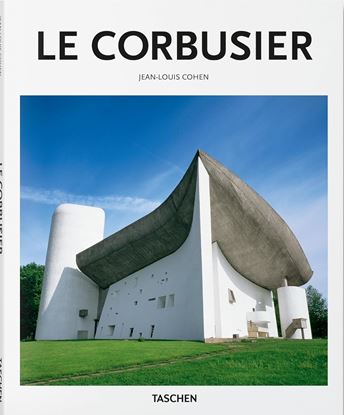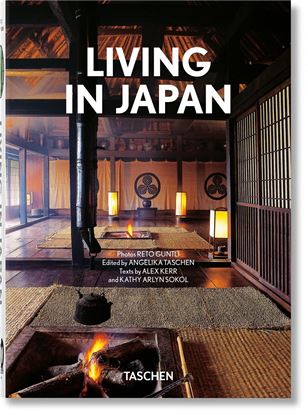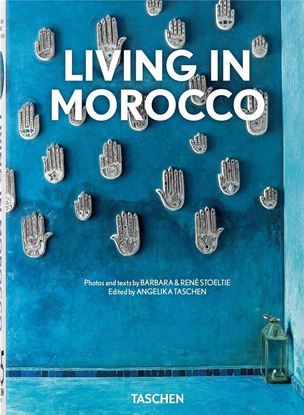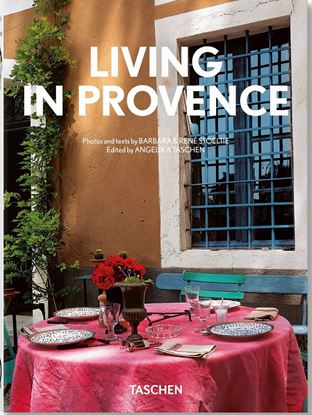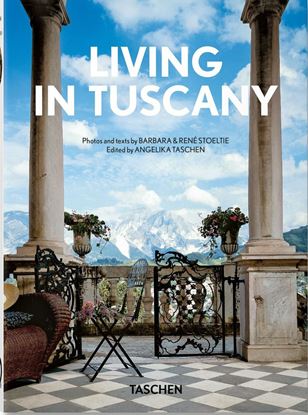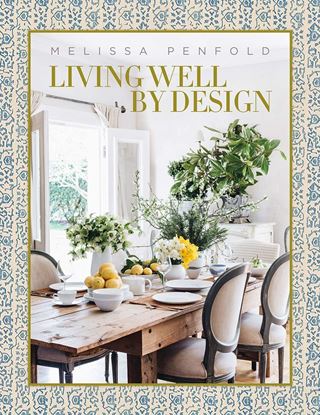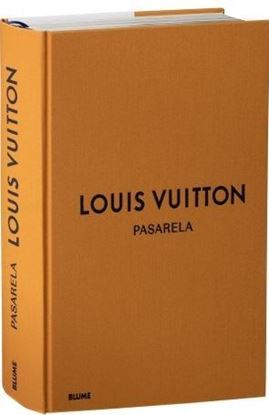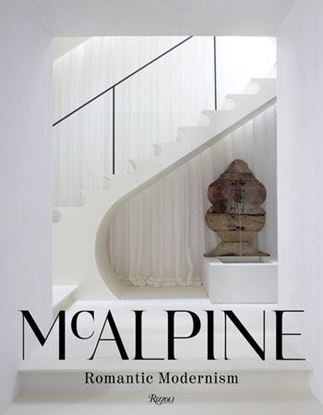

LE CORBUSIER (BA) (GB)
Born Charles-Édouard Jeanneret, Le Corbusier (1887–1965) is widely acclaimed as the most influential architect of the 20th century. From private villas to mass social housing projects, his radical ideas, designs, and writings presented a whole-scale reinvention not only of individual structures, but of entire concepts of modern living.
1,350
1,080
LIVING IN JAPAN (40) (INT)
So rich and unique is traditional Japanese architecture that it’s nearly impossible to improve upon. Yet contemporary Japanese designers and architects keep finding fresh approaches to refurbish and take inspiration from the ways of old. Whether it’s a pristinely preserved traditional house or a sleek modern apartment, the best Japanese homes share a love of cleverly designed spaces and warm materials like wood, brick, and bamboo.
From a thatched roof farmhouse occupied by a Zen priest to Tadao Ando’s experimental 4x4 House, from Shigeru Ban’s conceptual Shutter House to a beautiful domestic homage to bamboo, this elegant compendium traverses the multifaceted landscape of Japanese living today.
Enriched by 170 brand new, unpublished photographs, this edition takes you on breathtaking journey through the Land of the Rising Sun―complete with a list of addresses, should you wish to undertake this journey to Japan’s most fascinating inns and homes yourself. An insightful glossary of key terms, such as tatami, shoji, and noren, will also help you come to grips with all elements of Japan’s unique aesthetic of Eastern minimalism.
2,300
1,840
LIVING IN MOROCCO. 45TH ED.
Though it lies just across the Mediterranean from Europe, barely a stone’s throw from Spain’s southernmost tip, Morocco couldn’t possibly be farther away.With its mountainous and desert landscapes, labyrinthine souks, delectable cuisine, exquisite rugs and textiles, vibrant mosaics, fragrant odors, mesmerizing music, and welcoming people, Morocco is a most alluring and tantalizingly exotic destination. Digging a little deeper into the myth of Morocco, Barbara and René Stoeltie bring us this eclectic selection of homes to demonstrate all that is most wonderful about the Moroccan style: from tiled, turquoise swimming pools and lavish gardens to carved wooden furniture and jade-colored marble fountains.With more than 500 pages featuring stunning, inspiring photographs, flipping through these fairy tale-like visions of exotic havens (ideally while sipping a steaming cup of sweet, fragrant mint tea) will instantly whisk you away.
2,200
1,840
LIVING IN PROVENCE (40) (INT)
Visite una tierra de plazas adoquinadas, cerámica rústica y campos de lavanda, y descubra el encanto rural que sedujo a artistas de la talla de van Gogh y Picasso con esta monografía dedicada a las casas e interiores de la Provenza, ya sean espléndidos castillos o retiros campestres, a través de textos reveladores y preciosas fotografías.
2,200
1,840
LIVING IN TUSCANY (40) (INT)
Adéntrese en algunas de las viviendas más bonitas de la Toscana. Grandes casas patricias y ermitas rurales abren sus puertas para revelar la cerámica de los Medici, salones bañados por el sol y coloridos suelos de baldosas. Con detalladas explicaciones y magníficas fotografías, este volumen nos ofrece una hermosa imagen del estilo de vida toscano.
2,200
1,840
LIVING WELL BY DESIGN MELISSA PENFOLD
Melissa Penfold, Australia’s foremost authority on style and design, has distilled her three decades of expertise into a single volume, identifying the basic decorating principles—including light and space, composition and balance, and pattern and texture—and offering hundreds of invaluable tips on how to apply them to turn your house into a home that is comfortable, intimate, beautiful, and the most authentic expression of your personal aesthetic.
Illustrated with images of her own home and inspirational homes around the world, Living Well by Design is an indispensable resource for everyone eager to create interiors in which decorating fundamentals are integrally interwoven with individual style.
2,995
2,396
LOUIS VUITTON. EXTRAORDINARY VOYAGES
The mid-19th and early 20th centuries heralded new means of transport and equipment and, with them, new and original ways of exploring the world. Transatlantic liners, automobiles, long-haul airplanes, zeppelins, and express trains unfurled new horizons and changed travel itself into an adventure. Distant lands were no longer solely accessible to aristocrats, explorers, and adventurers. Instead, the world opened up to new groups of people eager to circumvent the globe. And for many of these new globetrotters, traveling was synonymous with Louis Vuitton, the French label whose iconic and functional luggage trunks could be found on nearly every boat, plane, car, and train around the world.
In this beautiful book, author Francisca Mattéoli recounts 50 tales of thrilling travel undertaken in every possible mode of transit, from the hot air balloon to the space shuttle, each lavishly illustrated with more than 300 historical photographs and ephemera from Louis Vuitton’s official archives. Louis Vuitton: Extraordinary Voyages is a journey all its own—an evocative and transporting account of the most surprising and transformative trips taken since the 19th century.
4,995
3,996
LOUIS VUITTON. PASARELA
La primera panorámica completa de las colecciones de moda de vanguardia de Louis Vuitton, desde su debut en 1998 hasta la actualidad, presentada a través de fotografías originales de pasarela.
Fundada como casa de artículos de cuero en 1854, Louis Vuitton lanzó su primera colección de moda en 1998. Le siguió una fama mundial sin precedentes, así como colaboraciones pioneras de alto nivel con artistas como Takashi Murakami, Richard Prince y Stephen Sprouse.
Este libro recoge las colecciones de gran influencia diseñadas por el director creativo Marc Jacobs (1998-2014) y Nicolas Ghesquière, que dirige la marca en la actualidad.
3,995
3,196
MCALPINE:ROMANTIC MODERNISM
The work of renowned firm McALPINE has always communicated the power of romanticism, speaking directly to the heart through the beauty and poetry of the home. Tapping diverse influences, the residences draw from architectural languages ranging from Elizabethan and Dutch to colonial Caribbean and agrarian American. The book opens with Bobby McAlpine’s own newly designed house, featuring exquisite spaces that are modern in expression but classical in order and balance. Other projects include a white-on-white neoclassical pavilion-by-the-sea in the Bahamas; a masonry dwelling in the rolling hills of Virginia; a quintessential American country house in Tennessee that combines the familiarity of a farmhouse with crisp minimalism; and an exuberant house sited on the edge of a pastoral golf course in Alabama. Freely choosing from architecture’s treasury, the assembly of houses is familiar, bold, and surprising, all at the same time—reflecting the complexity of the human experience.
4,200
3,360

